Back in 2012, while studying human surface anatomy (art studies) and also investigating ancient maps (for a potential illustration project), I had an 'aha' idea to combine these two concepts into a human-shaped 'ancient map'.
While I could have drawn the map digitally, I thought that would go against the spirit of ancient maps - and so this map is hand-drawn with a combination of Pigma Micron pens, old fashioned 'dip' ink pens, and brushes with permanent India ink. The map substrate is cold-pressed watercolor paper.
The human figure shown in the map, while somewhat reminiscent of renaissance and classical sculptures, is actually inspired by George Bridgman's seminal books on drawing the human figure - so much so that the map features a 'tip of the hat' to George Bridgman. Can you find it? Right under the map title, inside the motif, it says 'Insula Bridgman' ('Island of Bridgman')!
Another fun part was to add the images of ships and sea monsters, both of which are traditional to ancient maps. Did you know that the sea monsters you see on ancient maps all have names? If you are curious about them, I highly recommend this book.
Some people have been puzzled that the scale shown on this map does not use physical units - instead it is a:
The final map is 16" high x 20" wide. Because the map is so popular, rather than sell the original, I have commissioned fine-art specialists to scan the map at ultra-high-resolution and then print a limited number run of 100 reproductions on museum quality cold-pressed watercolor paper using archival inks. (The resulting print is practically indistinguishable from the original!) To make each of the limited edition prints unique, I individualize each print by hand-drawing more surface features on the 'human island', and add sea monster or fish to the sea, making each print uniquely different from all the others. E-mail me if you want one - details on this page.
Addenda: While cleaning my studio I found my original 'test drawing' where I tried sketching out the concept and using various materials to see what it might look like. Here it is, for the curious:


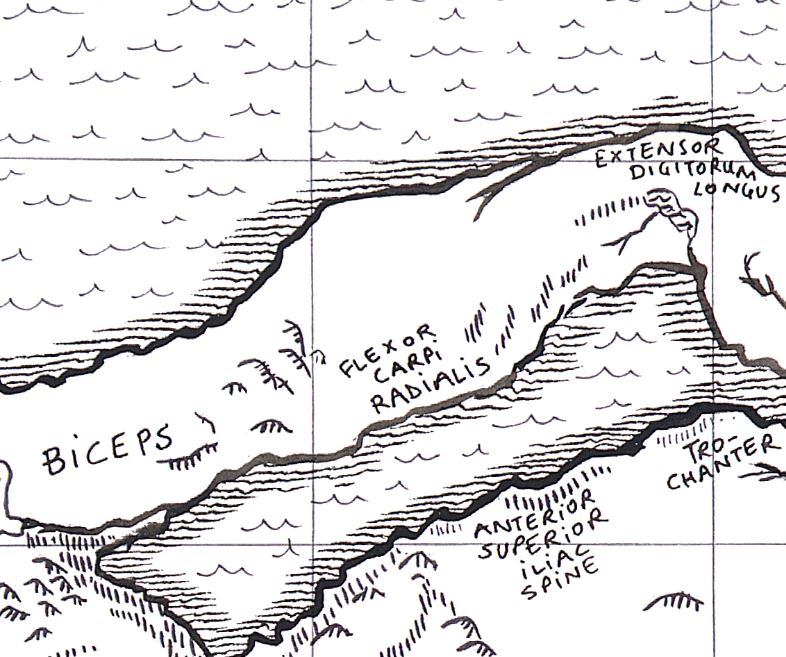

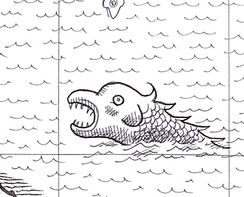


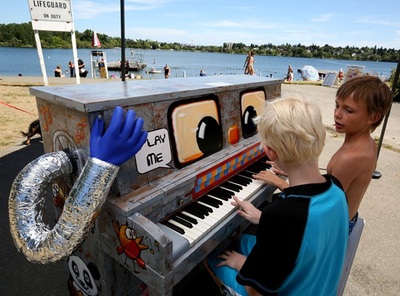


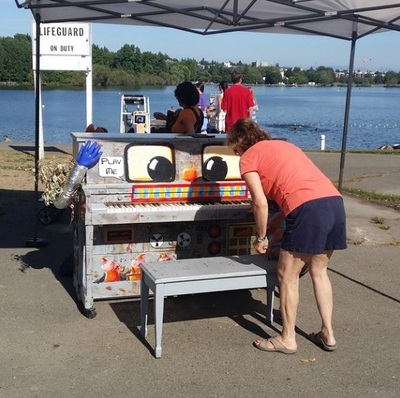

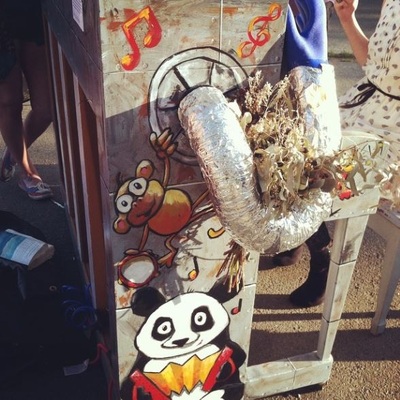



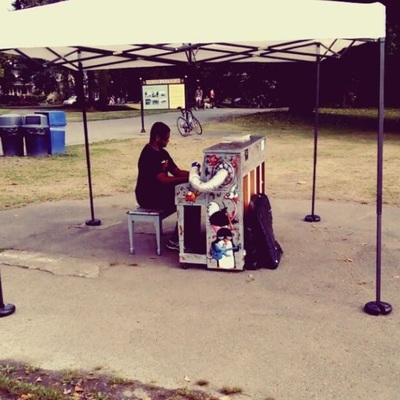

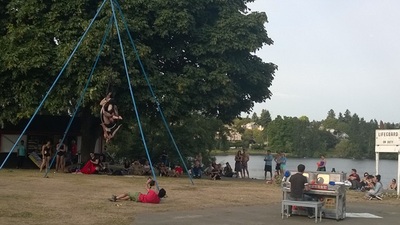
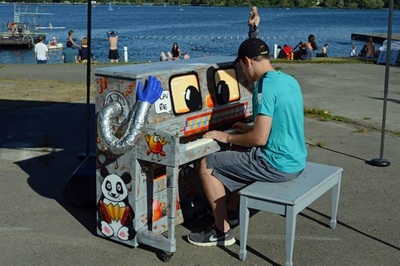


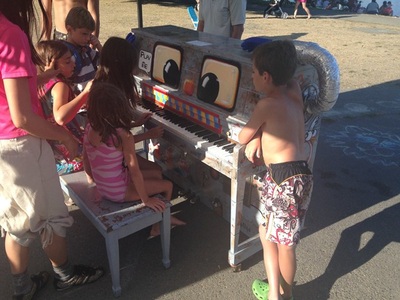
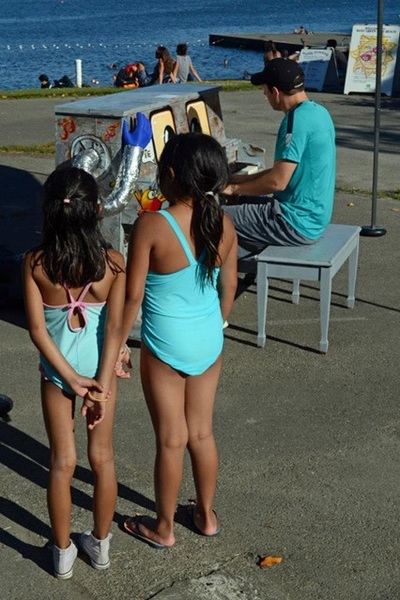
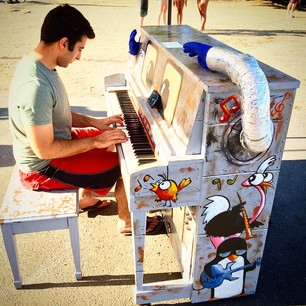

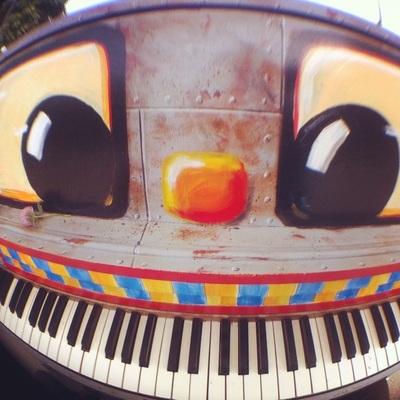

 RSS Feed
RSS Feed